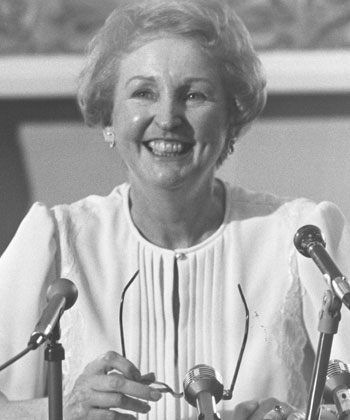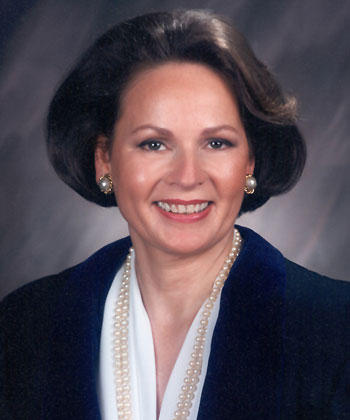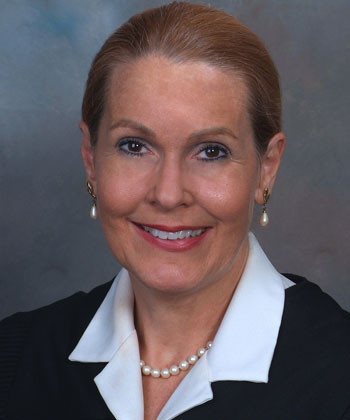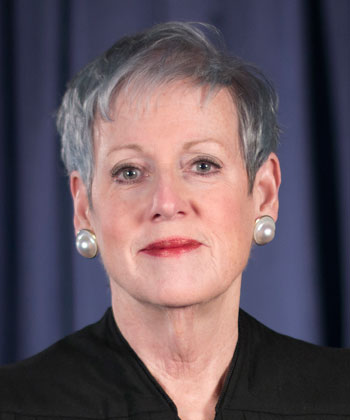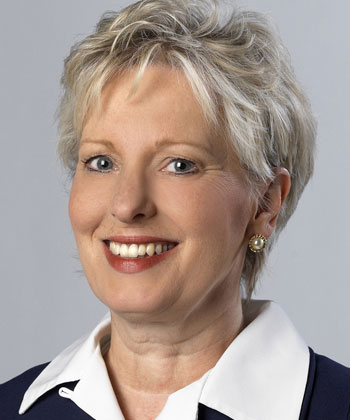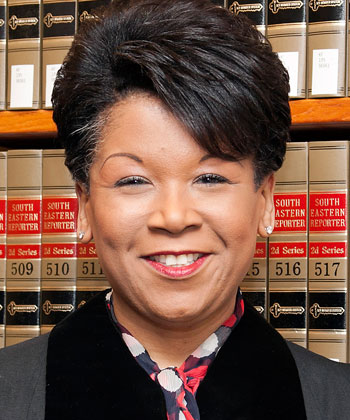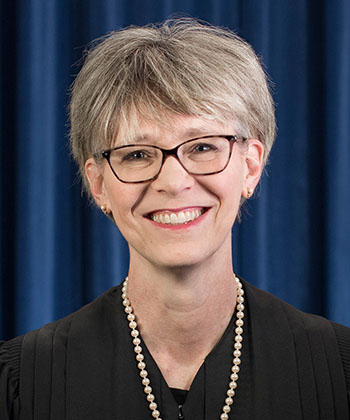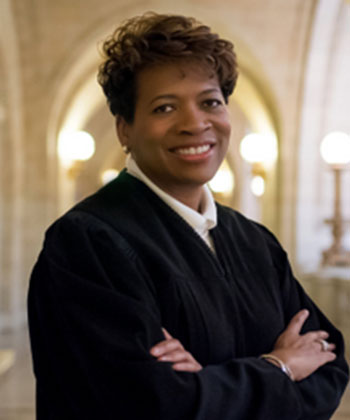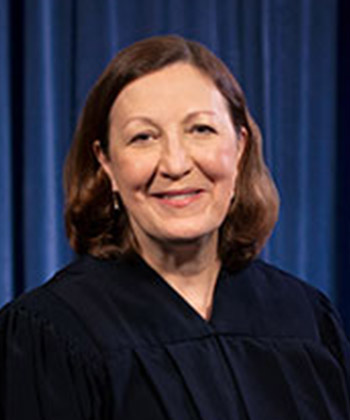Women in the Ohio Judiciary
Florence Allen: Trail-Blazer in Ohio and the Nation
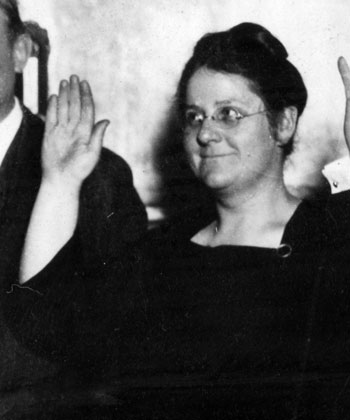
Florence Allen was the first woman ever elected to a judicial office in the nation, when she successfully ran for the Cuyahoga Court of Common Pleas in 1920. Two years later, in 1922, she ran for the Ohio Supreme Court and won, making her the first woman in the nation to serve on a state high court. In 1934, President Franklin D. Roosevelt appointed her to a U.S. Court of Appeals, making her the first woman to serve on the federal bench.
Photo: Cleveland Public Library
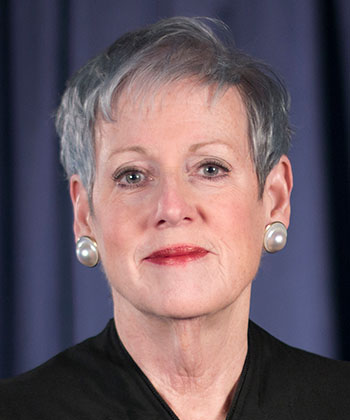
Maureen O'Connor: Ohio's First Female Chief Justice
Maureen O'Connor was Ohio's first female chief justice. Her judicial career began in 1992, when she was elected to the Summit County Court of Common Pleas. She served as Ohio's lieutenant governor from 1998 until 2002, and then ran for a seat on the state supreme court as an associate justice. In 2010, she ran for chief justice and won. During O'Connor's tenure as chief justice, she tackled a wide variety of issues, including reforming judicial elections, leading a multi-state response to the opioid crisis, and creating a non-partisan website (JudicialVotesCount.org) that provides information on judicial candidates. Because of Ohio’s age limits, O'Connor was not able to run again in 2022, and retired after a career on the bench that spanned two decades.
Photo: Ohio Supreme Court
Women Who Have Served on the Ohio Supreme Court
Things to know about Ohio's Judiciary
All judges serve for 6-year terms, with mandatory retirement at age 70. Judges are allowed to finish the term during which they turn 70.
Ohio elects its judges using a method not used in any other state. Judicial candidates first run in a partisan primary, usually in the spring. The winners of these primaries then run in a non-partisan general election in the fall, with no party label after their name.
If Ohio Supreme Court justices leave before their terms expire, the governor appoints replacements to fill the unexpired term.



